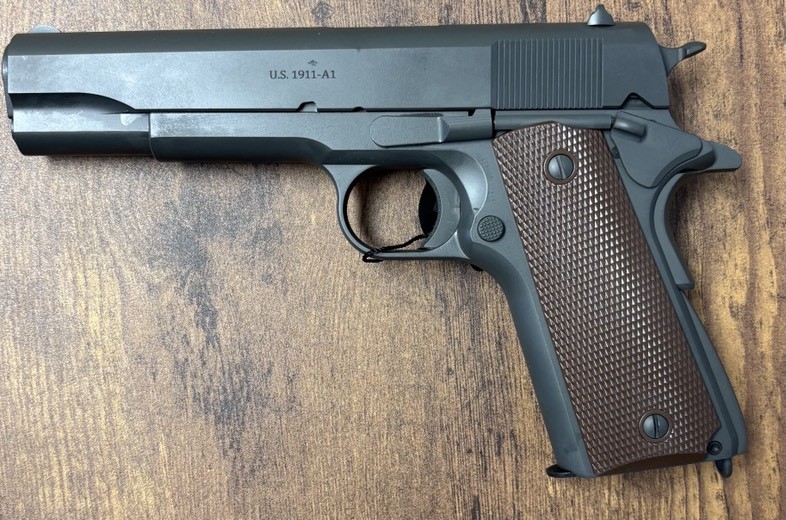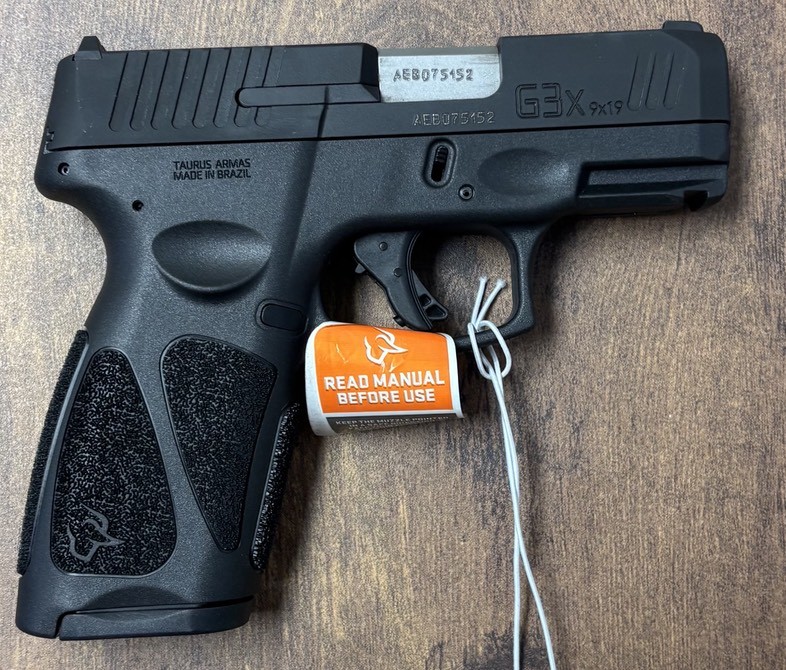American Javelins helping Ukraine defend against invading Russians
by Col Michael C. Howard US Marines (Ret)
We stand with the people of #Ukraine.
The impressive Javelin anti-tank #missile was initially designed and tested by Texas Instruments and Martin Marietta in 1989. It was first distributed and operationally deployed to US forces in 1996. It is currently manufactured by Raytheon and Lockheed Martin. As of FY-2021, its unit cost is approximately $175,000 per weapon. To date, approximately 45,000 Javelins have been built and distributed. In specifications, the Javelin weighs 49 pounds ready to fire. Missile length is 43 inches with the missile launch tube being 47 inches. Missile diameter is 5 inches with that of the launch tube being 5.6 inches. The Javelin system is designed to operate with a crew of two. Most important is an initial effective firing range of 1.6 miles with upgrades out to 2.5 miles ground mounted, and 2.95 miles vehicle mounted. It has a warhead of Tandem-charge HEAT (High Explosive Anti-Tank) weighing 19 pounds with a detonating mechanism based on impact force with a blast yield that can penetrate up to 750 mm of modern armor plate. The Javelin engine is a solid-fuel rocket guidance system with infrared homing. There are other classified aspects to its attack angle and capabilities which make it extremely effective against all armored vehicles with even the latest point defense systems.
What also makes Javelin unique is that it is a fire-and-forget missile with lock-on to its target capability. This takes place before launch with its automatic self-guidance system. Javelin then takes a top-attack flight profile against armored vehicles (attacking the top armor, which is generally thinner), but can also take a direct-attack mode for use against buildings, targets inside the minimum top-attack engagement range, and targets under obstructions. The missile also has the ability to engage helicopters in the direct attack mode. It can reach a peak altitude of 490 feet in top-attack mode and 200 feet in direct-fire mode. Javelin is equipped with an imaging infrared seeker. Its tandem warhead is fitted with two shaped charges: a precursor warhead to detonate any explosive reactive armor and a primary warhead to penetrate base armor.
Javelin is ejected from its launcher so that it reaches a safe distance from the operator before the main rocket motors ignite – a "soft launch arrangement". This makes it harder to identify the launcher. The back-blast from the launch tube still poses a hazard to nearby personnel. Via the "fire-and-forget" system, the Javelin firing team may change their position as soon as the missile has been launched or prepare to fire on their next target while the first missile is in the air.
Javelin was first used in combat by US Soldiers, US Marines and our Australian allies in our 2003 coalition invasion to liberate Iraq from Saddam Hussein. The Javelin proved highly effective against all types of Iraqi armor: Russian supplied T-72s, T-55s, BMPs and indigenous Type 69 and Lion of Babylon tanks. In repeated engagements between US infantry and Iraqi armor, the Javelin proved highly successful in defeating the best Russian armor.
It is an adaptable, powerful weapon. In Afghanistan, the Javelin was used effectively in counter-insurgency (COIN) operations. US trained gunners were able to make precise, highly destructive shots against enemy positions with little collateral damage. Our other anti-tank weapons such as the AT4 and M-203 were capable but lacked the increased range of the Javelin. Conversely, while our medium and heavy machine guns and automatic grenade launchers had good range, they lacked the power. And our heavy US mortars, which had both a good range and more than enough power, lacked the precision and accuracy of the Javelin.
Well proven in Iraq, Afghanistan and eastern Syria, what makes the Javelin so ideal for Ukrainian ground forces is that it has enough range, power, and accuracy for dismounted infantry to counter standoff engagement tactics employed by both Russian armor and infantry. With solid locks on target, the Javelin missile is most effective against all types of targets: armor, vehicles, fortified positions, and individual personnel. The psychological effect of the sound of a Javelin firing sometimes caused enemy infantry and insurgents to disengage and flee their position. Even when not firing, the Javelin's CLU (command launch unit) was commonly used as a man-portable surveillance system.
And during the initial stages of the Russian invasion, Ukrainian military sources state that their new Javelins were used to destroy at least 15 Russian tanks on 24th February 2022.
God bless the Ukraine and her freedom loving people.
Additional commentary on the Javelin:
February 24, 2022
Topic: Russia-Ukraine Crisis
Javelins May Be Ukraine's Best Hope to Thwart a Russian Invasion
Ultimately, Javelins may be used to slow down a Russian ground invasion rather than fully halt a Russian advance.
by Kris Osborn for the National Interest
As Russian forces enter Ukraine as part of what President Biden called the “beginning of a Russian invasion,” Russian troops are positioned to attack from all directions, suggesting that a full-scale invasion of Ukraine may occur in the coming days.
The Pentagon has armed Ukrainian forces with a number of Javelin anti-tank missiles, which are often used by small, mobile units to destroy tanks from far distances. Javelin missiles, which were first used against Iraqi T-72 tanks during Operation Iraqi Freedom, have proven capable of destroying tanks in combat. The Javelin can be operated as a shoulder-fired weapon or be mounted and fired from tactical vehicles.
Could Ukrainian forces armed with Javelins stop or destroy invading Russian tanks? While they may be able to do so, a number of important factors must be considered. A quick look at the geography shows that eastern Ukraine is largely made up of plains and plateaus, whereas the western part of the country is mountainous. In order for Javelins to reach their maximum effectiveness, they must be fired from positions that are hidden by rocks, trees, or uneven terrain. With this in mind, eastern Ukraine’s terrain may make it a difficult location to carry out hit-and-run Javelin attacks on Russian tanks. Should soldiers attacking with Javelins be unable to conceal their points of attack, they could be more vulnerable to advancing Russian mechanized formations and less effective in stopping them.
Ultimately, Javelins may be used to slow down a Russian ground invasion rather than fully halt a Russian advance. Javelins could certainly raise the cost of a Russian attack, and effective hit-and-run attacks could even force a Russian ground assault to change course.
The real margin of difference may lie in the range, image fidelity, and accuracy of the Javelin’s targeting sensors. If Javelin targeting systems or long-range sensors from nearby vehicles are able to precisely target approaching tanks from fortified positions, a number of Javelins could potentially impair an approaching column of Russian tanks. While Russian tanks may have the targeting capabilities necessary to track Javelin units, a tank cannon would struggle to accurately target small groups of mobile fighters. At the same time, approaching Russian ground forces would likely have air superiority and close air support, which could easily put exposed Ukrainian fighters at great risk of being killed from the air.
Although it is not clear if Ukrainian forces are receiving the most recently upgraded variants of the Javelin, any Javelin is likely to have a substantial impact on the ground. The Army’s ongoing upgrades to the Javelin anti-tank missile offer an interesting point of reference. Raytheon’s new Lightweight Command Launch Unit for the Javelin doubles its attack range. More recent innovations, slated to enter production this year, also incorporate improved sensor fidelity and a “fast lock” for carrying out attacks on the move. In addition, Army officials told the National Interest last year that the service is also engineering a new warhead for the Javelin.
Kris Osborn is the Defense Editor for the National Interest. Osborn previously served at the Pentagon as a Highly Qualified Expert with the Office of the Assistant Secretary of the Army—Acquisition, Logistics & Technology. Osborn has also worked as an anchor and on-air military specialist at national TV networks. He has appeared as a guest military expert on Fox News, MSNBC, The Military Channel, and The History Channel.





